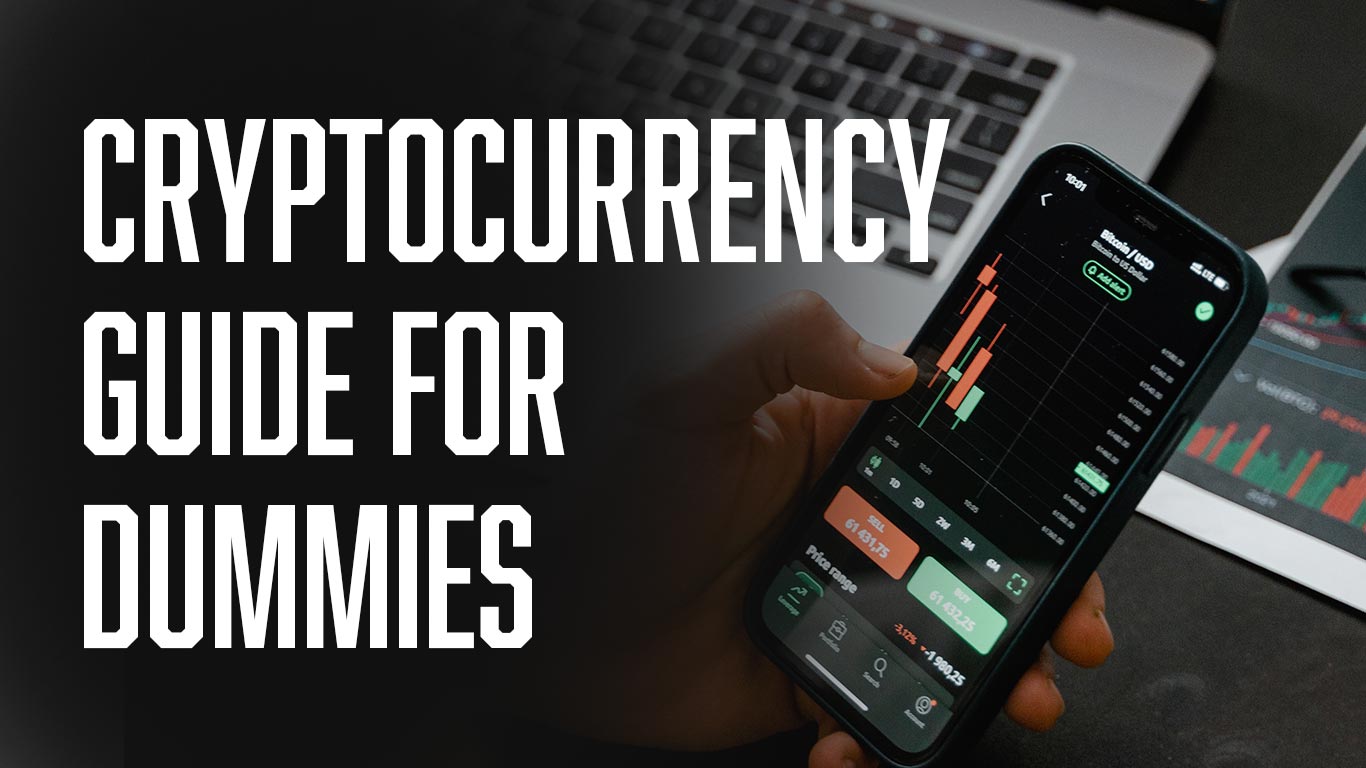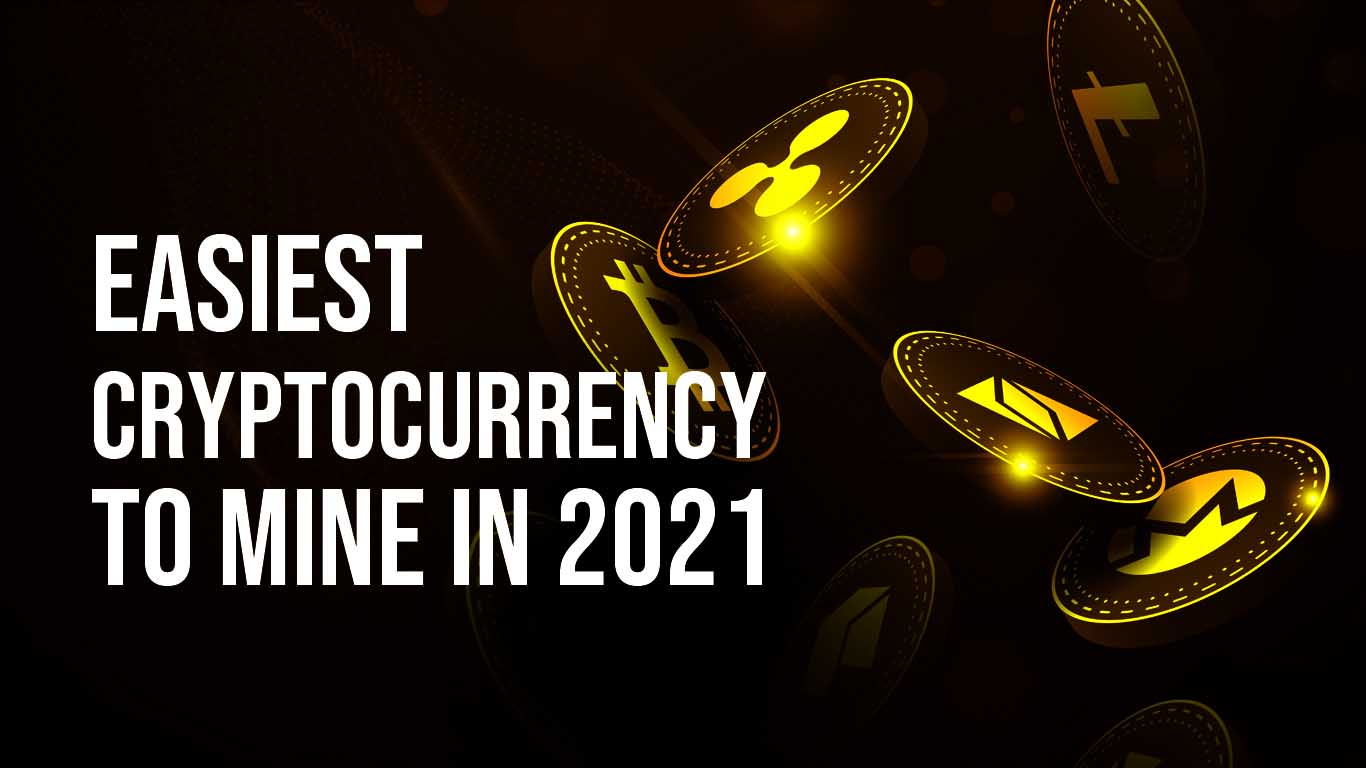As the cryptocurrency landscape continues to evolve, mining remains a critical component of the ecosystem. For many, joining a crypto mining pool is a strategic move to increase profitability and ensure steady rewards. However, with a plethora of options available, selecting the best mining pool can be a daunting task. This article will guide you through the essential considerations and equip you with the knowledge to choose a mining pool that aligns with your needs, preferences, and resources.
Key Takeaways
- Understanding the role of mining pools and the trade-offs between solo and pool mining is crucial for informed decision-making.
- Selecting the right mining equipment is essential, as efficiency and hash power significantly impact profitability.
- Analyzing reward structures and pool fees is key to determining the most beneficial mining pool for your investment.
- Security and trustworthiness are paramount when choosing a mining pool to protect your assets and ensure fair rewards distribution.
- Staying informed about the future trends and regulatory changes in crypto mining pools can help anticipate shifts in the mining landscape.
Understanding Crypto Mining Pools


The Role of Mining Pools in Cryptocurrency
Cryptocurrency mining pools play a crucial role in the digital currency ecosystem by pooling resources from individual miners to increase the chances of successfully validating transactions and finding new blocks. Mining pools are essential for individual miners who lack the computational power to compete alone. By joining forces, miners can work together to solve complex cryptographic puzzles more efficiently and share the rewards.
- Miners collaborate to increase their chances of earning rewards.
- Pools distribute the mining rewards based on each miner’s contribution.
- Joining a pool can lead to more regular, albeit smaller, payouts.
Mining pools mitigate the risks and unpredictability of solo mining, offering a more stable and predictable mining experience.
The decision to join a mining pool should be informed by various factors, including the pool’s size, fee structure, and the miner’s own hash power. It’s a balance between the desire for frequent rewards and the acceptance of shared earnings. As the network hash rate climbs, the importance of mining pools becomes even more pronounced, ensuring that individual miners can still participate in the mining process and earn rewards.
Solo Mining vs. Pool Mining: Pros and Cons
When it comes to cryptocurrency mining, individuals are faced with a choice: to mine solo or to join a mining pool. Solo mining is akin to playing the lottery; the odds of striking a block alone are slim, but the payout is substantial. Conversely, pool mining offers more consistent, albeit smaller, rewards as efforts and rewards are shared among participants.
-
Solo Mining Pros:
- Higher reward per block mined
- No need to share profits or pay pool fees
- Greater control over mining hardware and decisions
-
Solo Mining Cons:
- Significantly lower chances of finding a block
- Potentially long periods without rewards
- Requires more advanced knowledge and monitoring
-
Pool Mining Pros:
- Increased likelihood of earning regular rewards
- Lower entry barrier for new miners
- Shared resources reduce individual costs
-
Pool Mining Cons:
- Smaller reward per block, split among pool members
- Dependent on the pool’s integrity and fee structure
- Possible centralization risks affecting network security
While solo mining offers the allure of large payouts, the reality is that for most, the consistent and collaborative nature of pool mining is more conducive to steady income. This is particularly true for cryptocurrencies like Monero, where the network is designed to be ASIC-resistant, leveling the playing field for miners using consumer-grade hardware.
Evaluating Pool Size and Hash Rate Distribution
When considering a mining pool, the size and hash rate distribution are critical factors. Joining mining pools increases chances of earning cryptocurrency by pooling computational power, but it’s essential to understand the implications of these factors on your mining efforts. A larger pool with a high hash rate means more frequent block rewards, but individual payouts may be smaller due to the number of participants.
Market volatility impacts mining profitability and decision-making for miners. It’s important to stay informed about network changes and pool performance.
Payout structures vary among pools, and the hash rate’s influence on these can be significant. For instance, a pool with a high hash rate might offer more consistent payouts, but the rewards could be less when divided among more miners. Here’s a simplified example of how hash rate distribution might look in a mining pool:
| Pool Name | Hash Rate (GH/s) | Miners | Estimated Block Find Time |
|---|---|---|---|
| Pool A | 1.5 | 1000 | 10 minutes |
| Pool B | 2.0 | 1500 | 7 minutes |
| Pool C | 0.5 | 300 | 30 minutes |
The table above illustrates that while Pool B has the highest hash rate and the shortest estimated time to find a block, it also has the most miners, which could result in smaller individual rewards.
Selecting the Right Mining Equipment


Assessing Hardware Efficiency and Hash Power
When venturing into the realm of crypto mining, selecting the right mining hardware and software is crucial for successful crypto mining. The efficiency of your equipment directly impacts your hash power, which in turn affects your ability to solve cryptographic puzzles and secure crypto rewards.
Optimizing for energy efficiency is not just about reducing costs; it’s about maximizing the hash rate per unit of energy consumed. This balance is essential for long-term profitability. Here’s a quick look at the factors to consider:
- Price of the mining hardware
- Hash rate capabilities
- Energy efficiency and consumption
- Cooling systems to maintain performance
Remember, a higher hash rate increases your chances of mining a block, but it also requires more power. Striking the right balance between power and efficiency is key.
Lastly, it’s important to choose a reputable mining pool that aligns with your hardware’s capabilities to ensure consistent earnings and fair play.
Comparing GPUs and CPUs for Optimal Performance
When venturing into the realm of crypto mining, the choice between using GPUs (Graphics Processing Units) and CPUs (Central Processing Units) is pivotal. GPUs offer flexibility in mining and broader applications, making them a popular choice among miners. Efficiency and adaptability are crucial for profitable mining, and GPUs excel in these areas due to their ability to handle parallel processing, which is beneficial for the complex calculations required in mining.
On the other hand, CPUs are generally less powerful but can be more cost-effective for those just starting out or mining less intensive cryptocurrencies. Market agility and software choice are key factors for success, and the type of processor you choose can influence your ability to respond to market changes and the range of software available for optimizing your mining setup.
It’s important to consider the long-term implications of your equipment choices, as the initial investment can be significant and the mining landscape is constantly evolving.
Here’s a quick comparison of the two types of processors:
- GPUs: High parallel processing capability, better suited for mining most cryptocurrencies.
- CPUs: More affordable, but with limited mining capabilities and slower processing times.
The Impact of Equipment on Mining Pool Choices
The mining equipment you choose directly influences your participation in crypto mining pools. Efficient equipment with a high hash rate is essential for maximizing your returns and contributing significantly to a pool’s collective power. This efficiency is particularly important when considering the cost of electricity, which can be a major expense for miners.
Choosing the right mining software and pools is crucial for efficiency. Optimize setup for maximum returns by monitoring performance, selecting pools wisely, and staying informed on market trends.
The decision to join a mining pool should also take into account the compatibility of your equipment with the pool’s requirements. Some pools may have specific hardware or software prerequisites that can affect your ability to participate and the overall profitability.
For instance, while a basic PC or laptop might suffice for some miners, others invest in more robust setups, such as a 6 GPU Monero mining rig, to increase their hash power. The choice of hardware not only impacts your potential earnings but also the decentralization and security of the network. As seen with MineXMR’s voluntary shutdown, a pool’s size and hash rate can have significant implications for the network’s health.
Analyzing Mining Pool Rewards and Fees


Understanding Payout Structures and Profitability
When selecting a crypto mining pool, it’s crucial to understand how payout structures can affect your profitability. Different pools offer various payout schemes, each with its own set of rules for how and when miners are rewarded.
- Pay-Per-Share (PPS): Miners receive a fixed amount for each share of work they contribute, regardless of whether the pool finds a block.
- Proportional (PROP): Miners are paid based on the number of shares they submit during the round a block is found.
- Pay-Per-Last-N-Shares (PPLNS): Rewards are calculated based on the last N shares, not just the shares for the round a block is found.
It’s essential to consider the pool’s fee structure in conjunction with the payout system. Higher fees can significantly diminish earnings, even with a seemingly favorable payout scheme.
Evaluating the balance between potential earnings and the reliability of payouts is key. A pool with a high hash rate might offer more frequent payouts, but a smaller pool could provide larger rewards per block found. Always weigh the pool’s payout track record against its fee policy to make an informed decision.
The Significance of Pool Fees on Earnings
When selecting a crypto mining pool, it’s crucial to understand how pool fees can impact your overall earnings. Pool fees are deducted from your mining rewards and can significantly affect profitability. Different pools charge varying fees, typically ranging from 0% to 3%. It’s important to balance the fee structure with other pool features to ensure you’re maximizing your returns.
- Low-fee Pools: May offer fewer services and have a smaller community.
- High-fee Pools: Often provide additional services, such as detailed statistics, and may have a larger, more active community.
While a lower fee might seem more attractive, it’s essential to consider the value of services provided by the pool. A higher fee could be justified if it means better support, more reliable payouts, or enhanced security.
Remember, the pool fee is just one factor in your mining profitability. Hash rate, electricity costs, and the current price of the cryptocurrency also play significant roles. Always calculate potential earnings after fees to get a clear picture of your expected income.
Comparing Reward Systems: PPS vs. PPLNS
When choosing a crypto mining pool, understanding the reward system is crucial for estimating potential earnings. Pay-Per-Share (PPS) offers immediate payouts for each share that is contributed, providing a steady and predictable income. In contrast, Pay-Per-Last-N-Shares (PPLNS) rewards miners based on their contribution to the last set of shares, aligning their interests with the pool’s success over a longer period.
The choice between PPS and PPLNS can significantly affect your mining profitability and risk exposure.
Another variant to consider is the PPS+ payment method, which combines elements of both PPS and PPLNS. It pays the fixed block rewards using the PPS model, while distributing transaction fees under the PPLNS scheme, potentially offering a balance between stability and performance-based rewards.
| Reward System | Stability | Performance-based | Risk |
|---|---|---|---|
| PPS | High | Low | Low |
| PPLNS | Medium | High | High |
| PPS+ | Medium | Medium | Medium |
Security and Trustworthiness of Mining Pools


Ensuring Pool Integrity and Fair Play
When venturing into the world of crypto mining, choosing the right mining pool is a pivotal decision that can significantly impact your profitability. It’s essential to assess the integrity and fairness of a mining pool before committing your resources. Here are some key factors to consider:
- Transparency: Look for pools that provide clear and detailed statistics about their operations.
- Reputation: Research the pool’s history and user reviews to gauge its trustworthiness.
- Security: Ensure the pool has robust security measures to protect against external threats.
- Governance: Prefer pools that offer some level of democratic decision-making or input from their miners.
While solo mining offers control and independence, it often leads to a lower success rate compared to pool mining. Therefore, it’s crucial to weigh the trade-offs between potential earnings and the autonomy provided by solo ventures.
Ultimately, the goal is to find a mining pool that aligns with your values and goals, whether it’s maximizing earnings, contributing to a decentralized network, or supporting a community-driven project.
The Importance of Decentralization in Pool Selection
Decentralization is a cornerstone of blockchain technology, ensuring no single entity has disproportionate control over the network. Choosing a decentralized mining pool is crucial for maintaining the integrity and security of the cryptocurrency ecosystem. When a mining pool grows too large, it risks centralizing power, which can lead to vulnerabilities such as the potential for a 51% attack. A recent example is MineXMR, which voluntarily shut down after nearing 48% of the Monero network’s hash rate, demonstrating a commitment to decentralization and network security.
In the context of pool selection, miners should consider the distribution of hash power among pools:
- A balanced distribution promotes network health.
- Overly dominant pools may pose security risks.
- Smaller pools contribute to a more decentralized landscape.
By actively choosing pools that support a decentralized network, miners not only secure their own investments but also contribute to the overall resilience of the cryptocurrency. This collective effort is essential for the long-term sustainability of decentralized digital currencies.
Case Studies: Honorable Practices in the Mining Community
The cryptocurrency mining community has witnessed the emergence of pools that prioritize ethical practices and fair play. These pools are often celebrated for their commitment to transparency and the equitable distribution of rewards among their members. A notable example is a pool that implemented a reputation-based system to discourage dishonest behavior. In this system, miners who attempt to manipulate the pool’s resources face a decline in their reputation score, which can lead to reduced earnings or even expulsion from the pool.
The success of such pools hinges on their ability to foster a sense of community and mutual trust. By holding each member accountable and rewarding honest participation, these pools set a standard for integrity within the mining ecosystem.
Another aspect that contributes to the trustworthiness of a mining pool is its customer success commitment. Pools that go the extra mile to assist their members, especially in times of technical difficulties, stand out as pillars of the community. They not only provide a platform for mining but also ensure that their members are well-supported throughout their mining journey.
The Future of Crypto Mining Pools


Trends and Innovations in Pool Mining
The landscape of crypto mining pools is constantly evolving, with new trends and innovations shaping the way miners collaborate and earn rewards. The focus on maximizing earnings has led to a comparison of popular mining pools, with miners seeking out strategies that prioritize profitability, efficiency, and adaptability. As the industry grows, staying informed becomes crucial for long-term success in cryptocurrency mining.
Mining pools are adapting to the changing environment by offering more sophisticated reward systems and enhancing their services to attract a diverse group of miners. For instance, some pools are now providing detailed analytics to help miners track their performance and optimize their strategies. Additionally, the integration of advanced security measures is becoming a standard to protect miners’ earnings and maintain trust in the pool’s operations.
The commitment to innovation within mining pools is not only driving the industry forward but also ensuring that miners have access to the best tools and resources to succeed.
As regulations and technology evolve, it’s essential for miners to align with pools that are proactive in adapting to these changes. This ensures that they can continue mining effectively without interruption from external factors.
The Role of Regulation and Compliance
As the crypto mining pool landscape evolves, regulation and compliance become increasingly pivotal. Ensuring that a mining pool adheres to legal and regulatory standards is not just about abiding by the law; it’s about safeguarding the interests of miners and maintaining the integrity of the cryptocurrency ecosystem. Legal compliance involves a thorough assessment of a pool’s operations, including its adherence to anti-money laundering (AML) laws, securities regulations, and consumer protection statutes.
Mining pools must also demonstrate transparency in their operations. This includes clear reporting of asset activity and the findings of any audits conducted. Without such transparency, miners are left to trust the pool’s integrity, which can be a significant risk.
The balance between securing financial interests and fostering innovation is delicate. Nations are crafting regulations that aim to protect citizens from the uncertainties of the crypto world while also seeking to harness its economic potential.
Ultimately, the future of crypto mining pools may hinge on their ability to navigate the complex regulatory environment and instill trust among their users. As regulations evolve, pools that prioritize compliance and transparency are likely to emerge as leaders in this space.
Predicting the Longevity of Mining Pool Dominance
The landscape of crypto mining is ever-evolving, with mining pools playing a pivotal role in the network’s stability and security. The future of mining pool dominance hinges on a delicate balance between network hash rate and decentralization. The recent decision by MineXMR to shut down after nearing control of a significant portion of the Monero network’s hash rate is a testament to the community’s commitment to decentralization and security.
While joining a mining pool can provide a steady income, it often comes with reduced control over mining operations. Miners must also navigate the complexities of local regulations to ensure legal compliance in their crypto mining endeavors.
Predicting the longevity of mining pool dominance involves considering several factors:
- The adaptability of mining pools to regulatory changes.
- The commitment of mining pools to maintain network security and decentralization.
- The ability of mining pools to innovate and offer competitive advantages.
The integrity of mining pools will be a determining factor in their sustained dominance. As the industry matures, pools that prioritize ethical practices and network health will likely endure.
Conclusion
Choosing the right crypto mining pool is a critical decision that can significantly impact your mining profitability and experience. Throughout this article, we’ve explored various factors to consider, from the pool’s reputation and fee structure to the hash rate and payout schemes. Remember to assess your mining equipment’s efficiency and the hash rate it can deliver, as this will influence your choice. Whether you opt for a large pool for more regular rewards or a smaller one for potentially larger payouts, ensure that the pool aligns with your mining goals and the specific cryptocurrency you’re interested in, such as Monero. Always do your own research (DYOR) before committing to a pool, and consider the long-term sustainability of the pool and the cryptocurrency. With the right pool, you can join forces with fellow miners to tackle cryptographic puzzles and enjoy a more stable mining income.
Frequently Asked Questions
What is the role of mining pools in cryptocurrency?
Mining pools play a crucial role in cryptocurrency by combining the computational resources of individual miners to increase the chances of successfully mining blocks. This collaboration allows for more consistent and frequent rewards, which are then distributed among the pool participants based on their contributed hash power.
What are the pros and cons of solo mining vs. pool mining?
Solo mining offers the potential for larger individual rewards since the miner keeps the entire block reward if they successfully mine a block. However, it has a lower probability of success due to the high competition. Pool mining provides more regular, smaller rewards but requires paying fees to the pool and sharing rewards with other miners.
How does the choice of mining equipment affect my participation in a mining pool?
The efficiency and hash power of your mining equipment directly impact your profitability within a mining pool. More powerful and efficient hardware will contribute more hash power, increasing your share of the rewards. However, it’s important to consider the cost of equipment and electricity consumption when choosing hardware.
What should I look for in a mining pool’s payout structure?
When evaluating a mining pool’s payout structure, consider the profitability and frequency of payments. Some pools offer Pay-Per-Share (PPS) which provides regular payments regardless of pool luck, while others use Pay-Per-Last-N-Shares (PPLNS) which rewards miners based on the last set number of shares they contributed, factoring in pool luck.
How do I ensure the security and trustworthiness of a mining pool?
To ensure the security and trustworthiness of a mining pool, research its reputation, read user reviews, and check for a history of fair payouts. Additionally, consider pools that are transparent about their operations and support the decentralization of the network to prevent the risks associated with a single pool gaining too much control.
Are there any recent trends or innovations in crypto mining pools?
Recent trends in crypto mining pools include the adoption of more energy-efficient mining practices, the implementation of advanced security measures to protect against cyber threats, and the development of new reward distribution methods. Innovations such as cloud mining and decentralized pool protocols are also emerging in the space.






